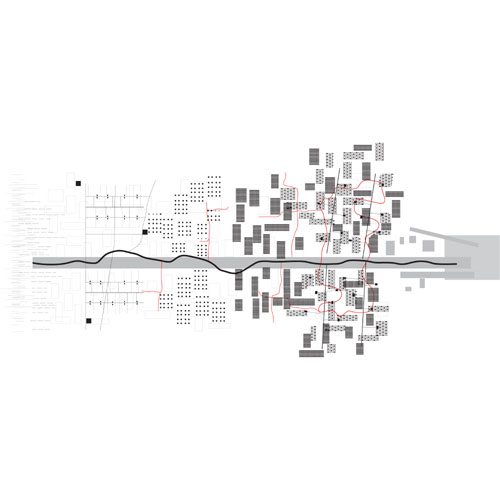Studio Associato Bernardo Secchi Paola ViganòArchitecture | Urbanism | Landscape |
| province of Lecce |
| client: | province of Lecce |
| program: | urban planning |
| date: | 1999-2001 first phase |
| 2008-2009 second phase | |
| consultant: | Cristina Bianchetti and Paolo de Stefano, Gabriele Pasqui, Luciano Vettoretto; Maria Mininni and Salvatore Carbonara, Paola Mairota, Nicola Martinelli, G. Carlone, G. Marzano, L. Scarpina, Piero Medagli, L. Rositani, Marella Lamacchia, Daniela Sallustro; Alberto Tomei; Antonio de Giorgi |
| team: | |
| publication: | Territori della nuova modernità. Il piano territoriale di Lecce, Electa, Naples 2001 |
Salento the region around and south of the city of Lecce, is in the south eastern end of Italy. It is now growing like a “città diffusa” (sprawl city): a dispersed city where recent industrial districts are mixed up with an ancient mediterranean villages and towns pattern, characterized by single-family detached houses expansion. A good percentage of them are barely legal. The Salento is also a potential important tourist region due to its uncontamined seashores and incredible landscape. The major issues for Salento, as for southern Europe, are obviously the modernization of society and economic growth, but also the preservation of its landscape and its heritage sites. The present dispersion of residential and industrial settlements and the intensive use of the coasts for tourism need to be converted in a new kind of project for an efficient territory and an harmonic landscape. The now ondergoing dispersion of the residential and industrial settlements and the intensive use of the coasts by tourism have to be transformed in a project of a new kind of efficient territory and of meaningful landscape. |
|

studio 99
<< bernardo secchi | paola viganò ![]()